Secrets of growing and useful properties of peony rubra captivity
Peonies have been known to people since antiquity. The beauty of these flowers has captured the hearts of many people. Peonies are sung in songs and poems, in myths and fairy tales. Images of these beautiful flowers are found on silks and vases.
Content:
- A bit of history about peony rubra captivity
- Description of the grade of rubra captivity
- Disembarkation and leaving rules
- Plant diseases
- Useful properties of captivity rubr
A bit of history about peony rubra captivity
According to legend, this plant is named after its properties. Translated from the Greek language "pionis" means "healing, healing, curative". This is the main purpose of the plant. The plant is named after the Greek physician Peony, a disciple of the god Aesculapius, who treated Greek soldiers during the Trojan War. According to legend, Peony was able to cure Pluto with the help of the roots of this flower. For superiority over his teacher, the doctor was poisoned by Aesculapius. The gods took mercy and turned Peony into a wonderful plant, immortalizing him.
Peonies in their "team" have more than four and a half thousand varieties.
Most of them are the result of selection, painstaking work of scientists. All peonies are unpretentious, hardy and beautiful plants. Successful planting of such a plant in your garden guarantees that this flower will delight its owners for a couple of decades.
In the natural environment, there are more 30 kinds of peonies... The halo of their distribution is Europe, East Asia, North America. These are herbaceous perennials. The heads of these flowers have few petals. But it was they who formed the basis of cultivated, breeding varieties.
In 1753, the scientist K. Linnaeus described the peony plant for the first time.
It was a medicinal peony native to the Mediterranean region. Subsequently, the selection of peonies was taken up all over the world, cultivating various wild varietiesby hybridizing them. In 1903, the first pionovod society was created in the United States. All efforts were directed at breeding varieties resistant to gray rot, pests and harsh climatic conditions of growth. The result of all the work was a huge variety of promising varieties obtained.
There are 3 groups of peonies in the world. The main and main one is the garden form of the medicinal peony. These are the most unpretentious varieties. Garden forms are called officialists.
This group includes several subgroups:
- Rubr of captivity.
- Rosea captivity.
- Alba captivity.
Description of the grade of rubra captivity
This species differs from other garden forms in its:
- Large, ruby red double flowers that do not fade.
- The flower reaches a diameter of 15 centimeters.
- It is terry, bomb-shaped, spherical. Resembles a pompom.
- The petals of such a peony are shiny, delicate.
- Over time, the edges of the petal brighten a little.
- Flowers exude a subtle delicate aroma.
- This plant is a herbaceous perennial, where the stems are collected in a bush.
- The height of the stems can be up to 1 meter, but on average this height is 60 centimeters.
- Despite the thickness of the stem, support is often required during flowering. This is necessary for long and lush flowering.
This type of peony tolerates temperature extremes, frosty snowy and snowless winters well.
Peony Rubra captivity can grow in almost all mid-latitudes, on different soils. But loamy soils are considered optimal for the full growth and flowering of these peonies. They must be cultivated and drained, moisture-consuming and fertile.
It is not recommended to plant the rubra of captivity near brick and block buildings, near massive boulders and pedestals. Such a neighborhood will make plants suffer from dryness, overheating, snow blockages and a strong drop. When planting a Rubra captivity peony near trees with a wide crown or near shrubs, they will suffer from a lack of nutrition, moisture and sun. This species of peonies is very light-requiring. It tolerates light shade and partial shade quite easily. Survives sunlight at noon, but does not tolerate prolonged darkening. This situation leads to a lack of flowering or shredding of flowers.
Rubra captivity is an early flowering variety.
They bloom early - in early June. Flowering duration depends on climatic conditions and care. Flowering usually lasts 15-20 days.
Disembarkation and leaving rules
The first shoots of peonies manifest themselves already in mid-April, as soon as the soil warms up to a temperature of +5 degrees. Within a month, the upper ground part of the plant is formed, then the buds appear.
Despite the fact that the plant is unpretentious, it is necessary to approach its cultivation correctly and with understanding.
For this there should be:
- Correctly chosen and planned landing site... It is necessary to think over the layout of the landing. Good lighting and openness of the territory are welcome.
- It is better to choose fertile soil for planting. Sandy soils should be avoided as they inhibit the growth of peonies.
- Determining the time of disembarkation is important. The best period for this is August - September. During this period, the planted plants root better, take root and gain strength faster.
- Peonies planted in early or mid-fall develop at a rapid pace.
Of course, there is the possibility of replanting and planting peonies in the spring months of the year. But such haste can lead to the death of plants. Peonies are difficult to adapt to spring plantings. In such a situation, these plants take root for a long time, lag behind in development from the rest planted in the fall.
It is necessary to adhere to the planting rules regarding the depth of the hole, depending on the quality of the soil:
- This depth depends directly on the type of soil.
- So, on heavy soil loam, the hole is buried up to 5 centimeters, no more.
- The main thing is not to ruin the kidney.
- The topmost one should be above ground level.
- And the soil around the bush is crushed, which is done to avoid the appearance of internal voids.
- After planting, water the plant abundantly.
The rhizome of the Ruba captivity peony grows in depth and in breadth. The landing hole is made at least 60 centimeters deep and up to 70 centimeters in diameter. This technology of the planting process is necessary so that the growth of the plant does not stop when it reaches solid soil. Drainage from broken brick, expanded clay or gravel is laid at the bottom of the hole for planting and left for a month to completely settle the soil. Then fill the pit with a mixture of the removed soil and rotted manure, peat or compost. You can add superphosphate or bone meal to the mixture. Add water to the mixture and mix thoroughly.
The plants themselves should be planted 1 meter apart.
After wintering, the sprouted shoots of young bushes are covered with loose fertile soil. Adults bushes should be separated... It is not recommended to transplant peonies entirely. Separating large old bushes allows more flowers to survive. When transplanting bushes, the old root system ceases to function, and the separation gives an impetus to the development of a new rhizome system.
You should choose alkaline, low acid soils.A good solution would be to add ash and bone meal to the soil. We must abandon planting peonies in wetlands. On such soils, plant roots rot, peonies die.
After the beginning of flowering, priming is carried out:
- To do this, remove the side buds, which are small in size.
- This process makes it possible to increase the inflorescences.
- If you do not seed, then the flowers will be small.
- However, without such manipulation, peonies bloom longer, and the inflorescences become small.
After flowering, with the arrival of autumn, the stems of the peonies are cut or burned. This provides an incentive for new shoots to grow.
Rubra peonies are frost-hardy.
But sometimes there is a possibility of freezing of soil and plants. In this case, container cultivation is recommended: peonies are planted in bulk containers, for example, in a barrel or box. In the warm season, such containers are displayed in flower beds or in front gardens. In the fall, they are hidden in the cellars.
Plant diseases
As already mentioned, peonies of this species be afraid of increased dampness... It causes a disease in the plant - gray rot. The result of the disease is the death of the entire plant.
To prevent this, you should periodically loosen the soil near the bushes.
The process of cutting and burning off the remains of the stems is the prevention of plant diseases. Treatment of peonies with Bordeaux liquid and copper sulfate is also a good prevention. This protects the plant from damage by late blight.
In the absence of flowering, peony bushes should be thinned. Any error in the care and correctness of the transplant leads to the absence of flowers in the peony. This must be remembered.
Useful properties of captivity rubr
The roots of the plant contain a large amount of tannins, vitamins, essential oils, alkaloids, flavonoids, micro- and macroelements.
The terrestrial part of the plant also contains a high content of these substances. Thanks to these substances, the plant has an anticonvulsant, sedative, anesthetic, bactericidal, tonic and anti-inflammatory effect. Peony officinalis is used as an anti-cancer agent.
In the treatment, infusions, decoctions, teas, peony rub are used.
Peony helps to cope with the following conditions:
- Insomnia.
- Phobias and psychosis.
- Metabolic disorders.
- Bleeding.
- Dermatitis.
- Allergies.
- Poor condition of hair and nails.
- Convulsions.
IN traditional medicine is consideredthat the peony helps with impotence, from the evil eye, spoilage and depression. Children and pregnant women should avoid using peony.
More information can be found in the video.



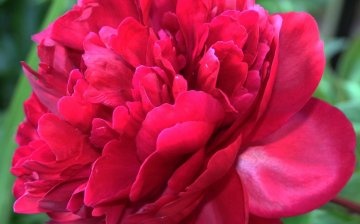
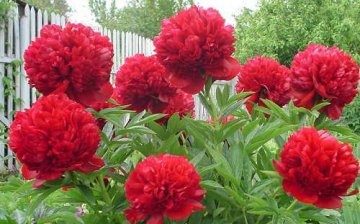
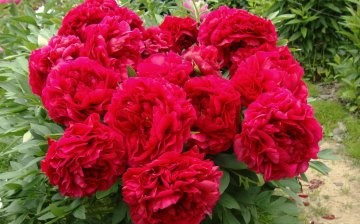
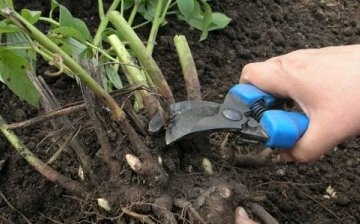
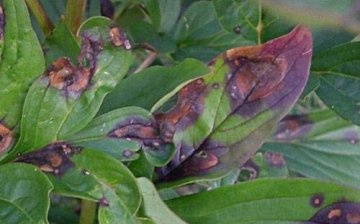
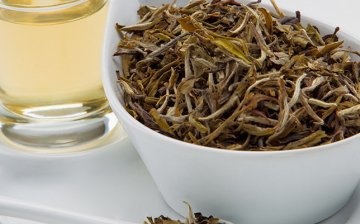






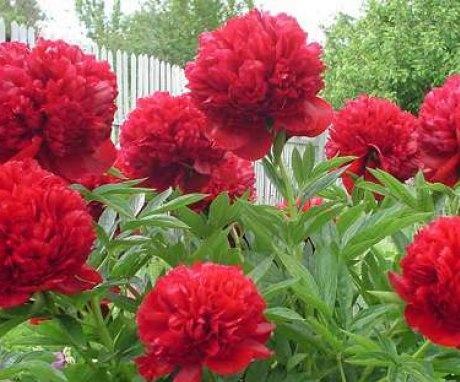
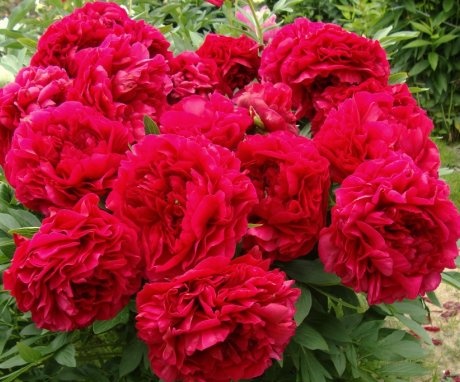
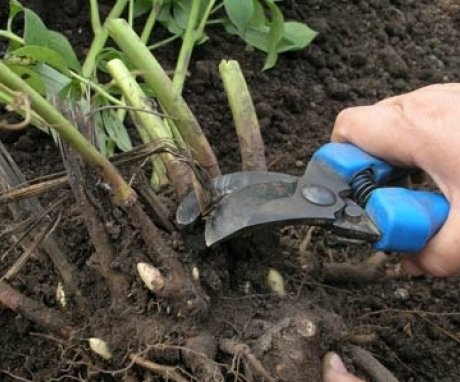
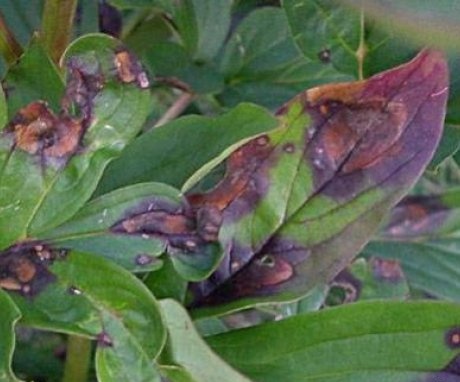
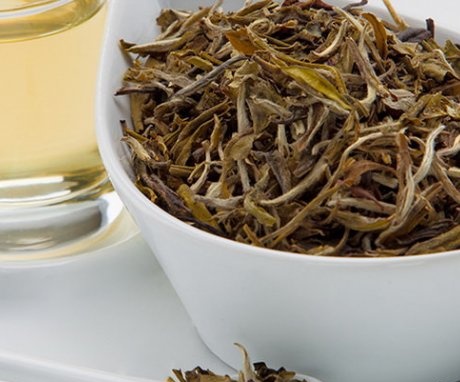
I love peonies very much, I love their smell. The only pity is that the petals quickly fall off after cutting. Maybe someone knows how to prolong the life of a bouquet of peonies?